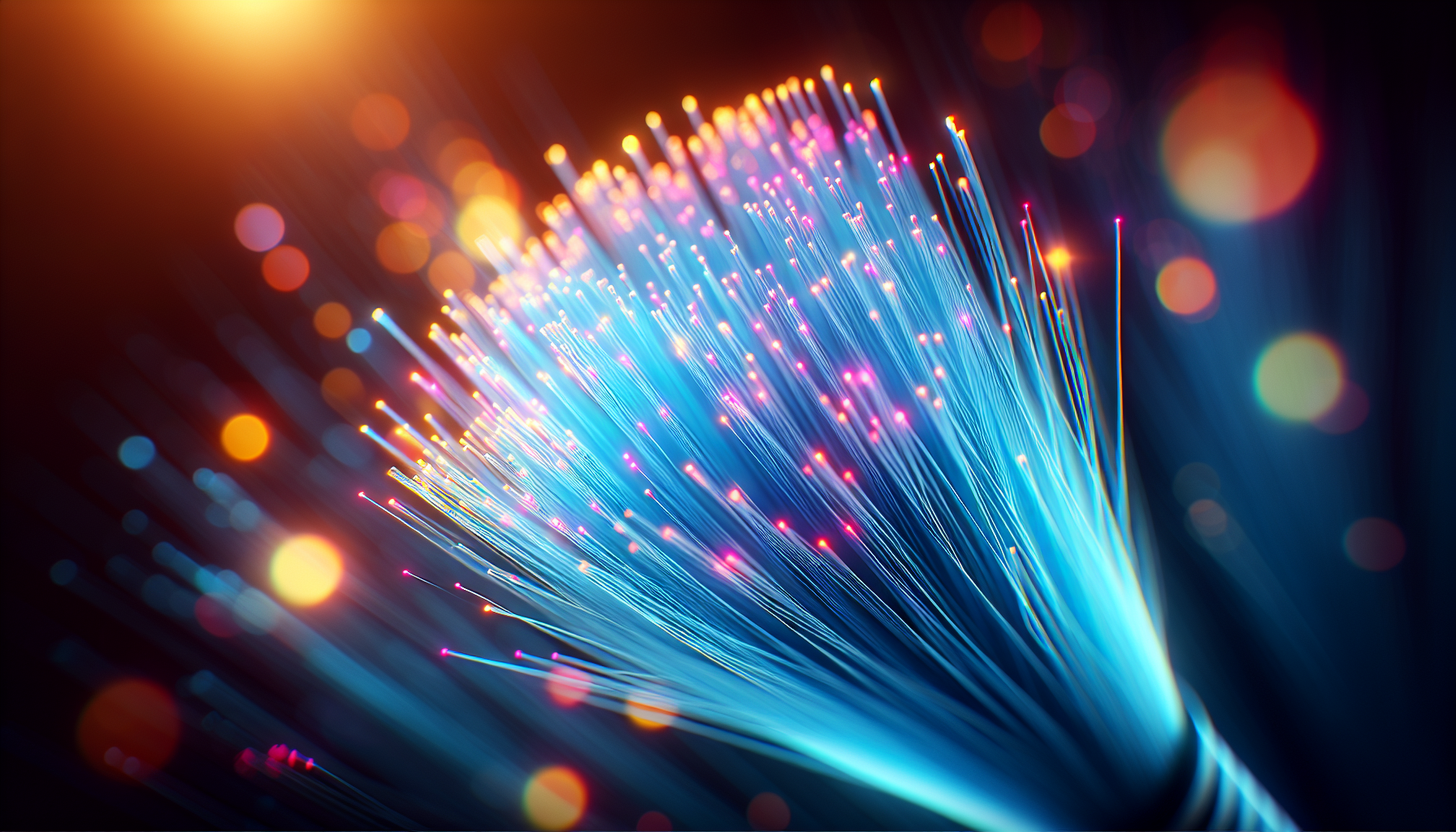The Philippines, a vibrant archipelago known for its dynamic culture and rapidly growing economy, is experiencing a transformative digital revolution powered by the rise of fiber optic internet. This technological advancement is significantly enhancing internet speeds and reliability across the nation, offering unparalleled connectivity for both homes and businesses.
In recent years, the Philippine government and major telecommunications companies have prioritized the expansion of fiber optic infrastructure. Recognizing the critical role high-speed internet plays in driving economic growth, education, and technological innovation, extensive investments have been made to lay down an intricate network of fiber optic cables across the country.
Fiber optic technology uses thin strands of glass or plastic fibers to transmit data as pulses of light, allowing for far greater speeds and reliability than traditional copper-based internet connections. As a result, users experience faster download and upload speeds, reduced latency, and a stable connection, even during peak usage times. This leap in technology is not only empowering individual users but is also supporting the growth of e-commerce, remote work, and digital entrepreneurship, which are vital components of the nation's economic future.
The benefits of fiber optic internet extend beyond mere speed. The reliability and capacity of fiber networks mean that businesses can maintain seamless operations, utilize cloud computing, and engage with global markets without the hindrance of constant connectivity issues. For SMEs (small-to-medium enterprises), fiber optics open up new opportunities to compete on an international scale, contributing to the diversification and resilience of the Philippine economy.
Moreover, the educational sector is witnessing a remarkable transformation. As schools and universities increasingly incorporate digital learning platforms and resources, fiber optic internet ensures that students and educators can access high-quality educational content without interruption. This accessibility is crucial in bridging educational gaps, particularly in remote or underserved areas, where traditional infrastructure may be lacking.
The expansion of fiber optic connections is also promoting social inclusion by enabling more Filipinos to participate in the digital world. Whether it's accessing essential services, connecting with loved ones through video calls, or being part of global conversations, fiber internet plays a pivotal role in enhancing quality of life.
Despite the many advantages, challenges remain in achieving comprehensive fiber optic coverage across all regions, especially in rural and geographically isolated areas. High infrastructure costs, difficult terrain, and regulatory hurdles can slow down deployment. However, ongoing collaborations between the government, private sector, and international partners are dedicated to overcoming these obstacles, ensuring that the benefits of fiber technology reach every corner of the Philippines.
In conclusion, the rise of fiber optic internet is revolutionizing connectivity in the Philippines, laying the foundation for a more dynamic, inclusive, and competitive digital economy. As technological advancements continue to evolve, the widespread implementation of fiber optics promises to address many of the country’s connectivity challenges, propelling the nation further into the digital age and opening up a world of possibilities for its citizens and industries alike.
